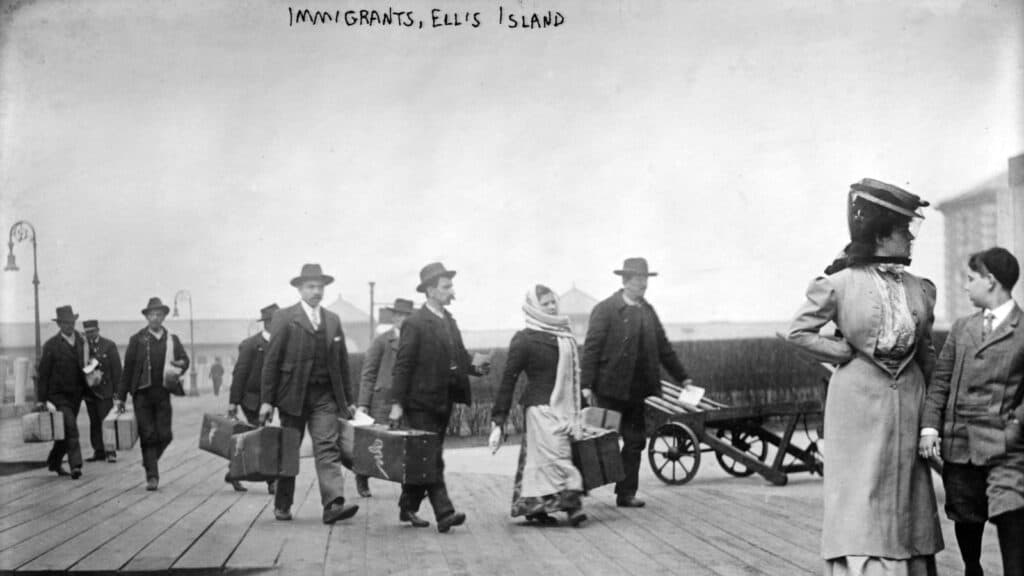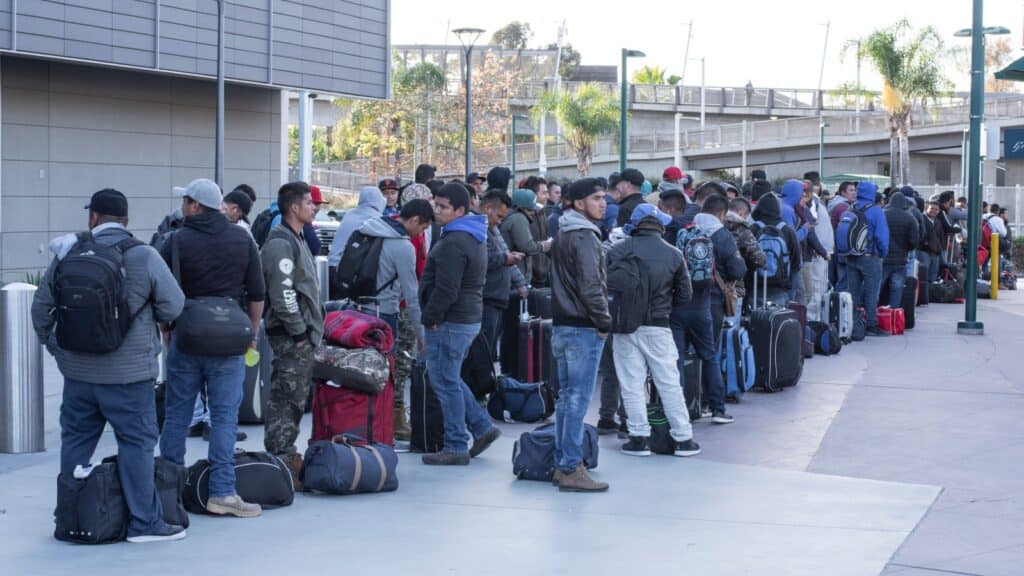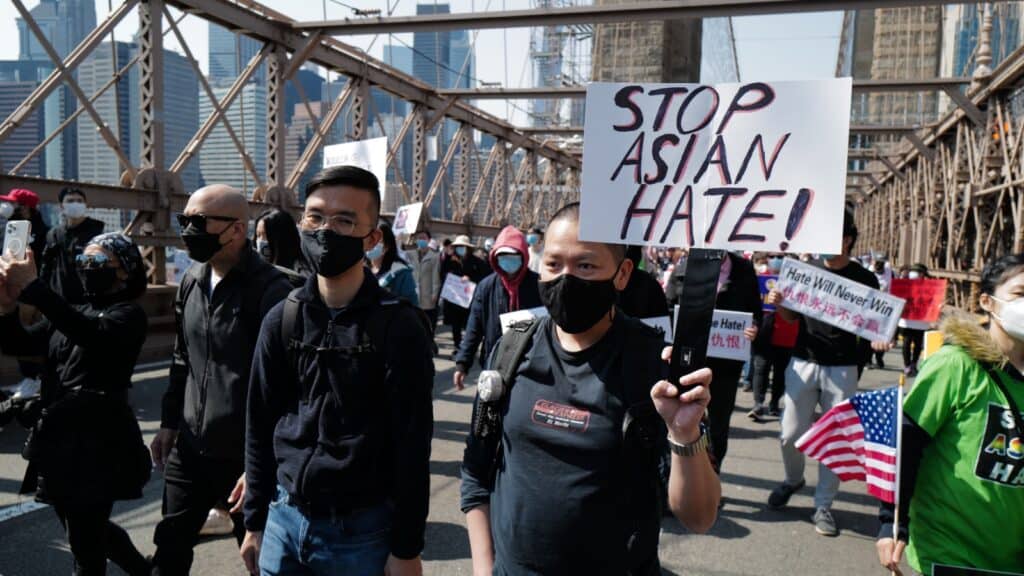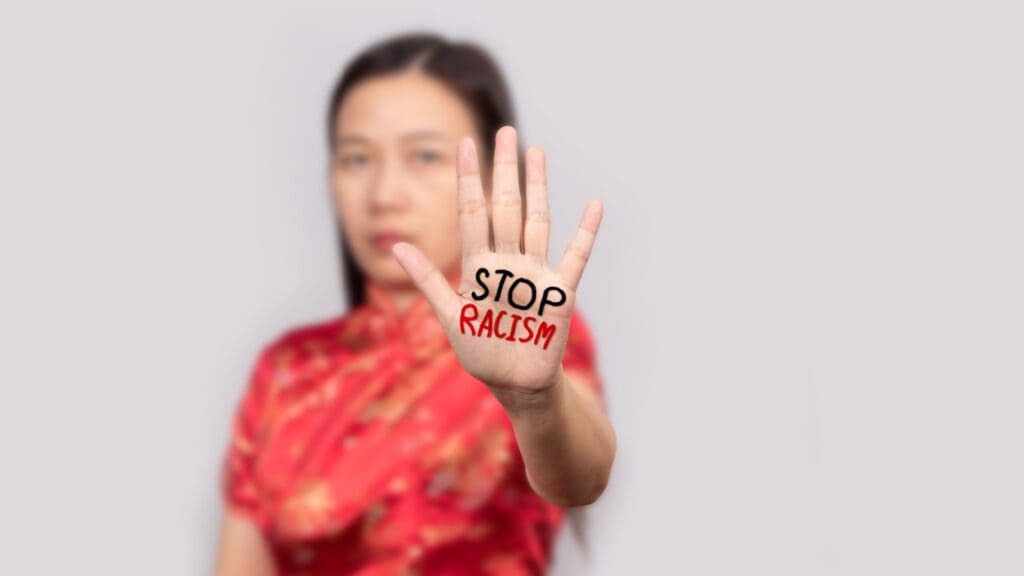Changing Targets: How Anti-Immigrant Sentiment Has Shifted in the U.S. Since 1900
The history of immigration in the United States is marked by waves of hostility and discrimination against various immigrant groups, often driven by economic, social, and political factors. Since the early 20th century, different racial, cultural, and immigrant groups have faced significant prejudice and opposition, reflecting broader societal anxieties and changes.
A Long History Of Hate & Fear Of Others

From the Chinese and Japanese immigrants in the early 1900s to Latin American and Muslim immigrants in the 21st century, each decade has seen its own targeted groups. This pattern of anti-immigrant sentiment has been shaped by a complex interplay of economic downturns, wars, and shifting political landscapes, highlighting the persistent challenges faced by immigrants in their quest for acceptance and integration into American society.
Here is a decade-by-decade overview of the most targeted groups since 1900:
1900s

Chinese and Japanese Immigrants: The Chinese Exclusion Act of 1882 and the Gentlemen’s Agreement of 1907 severely restricted Chinese and Japanese immigration. Anti-Asian sentiment was prevalent, leading to laws like the California Alien Land Law of 1913, which prevented Asian immigrants from owning land.
1910s

Southern and Eastern Europeans: Immigrants from Italy, Poland, Greece, and Russia faced significant discrimination. The Dillingham Commission report of 1911 claimed these immigrants degraded American society, leading to calls for restrictive immigration policies.
Mexican Immigrants: The Dillingham Commission also identified Mexican laborers as essential for the Southwest, but they faced growing hostility and were often exempted from immigrant head taxes.
1920s

Southern and Eastern Europeans: The Immigration Act of 1924 established national origin quotas that heavily favored Northern and Western Europeans while severely limiting immigrants from Southern and Eastern Europe.
Asian Immigrants: The Immigration Act of 1924 also effectively banned immigration from Asia, continuing the trend of anti-Asian sentiment.
1930s

Mexican Immigrants: During the Great Depression, Mexican laborers were scapegoated for economic woes, leading to mass deportations of Mexican-Americans, including many U.S. citizens.
1940s

Japanese Americans: Following the attack on Pearl Harbor in 1941, over 120,000 Japanese Americans were forcibly relocated to internment camps under Executive Order 9066.
1950s

Mexican Immigrants: Operation Wetback in 1954 led to the mass deportation of Mexican immigrants, reflecting ongoing hostility towards this group.
1960s

African and Asian Immigrants: The Hart-Celler Act of 1965 ended the national origins quota system, leading to increased immigration from Asia and Africa. However, these groups still faced significant discrimination and challenges in assimilation.
1970s

Southeast Asian Refugees: Following the Vietnam War, refugees from Vietnam, Cambodia, and Laos faced significant hostility and violence in the U.S., particularly in areas like Boston.
1980s

Latin American Immigrants: The rise in undocumented immigration from Latin America led to increased hostility and the implementation of stricter immigration controls.
1990s

Latin American and Asian Immigrants: Anti-immigrant sentiment continued to grow, with significant opposition to undocumented immigrants from Latin America and refugees from Asia.
2000s

Muslim and Middle Eastern Immigrants: Following the 9/11 attacks, there was a significant increase in hate crimes and discrimination against Muslim and Middle Eastern immigrants.
2010s

Latin American Immigrants: The focus on border security and the rise of anti-immigrant rhetoric, particularly during the Trump administration, targeted Latin American immigrants, especially those from Mexico and Central America.
2020s

Latin American and Asian Immigrants: The COVID-19 pandemic saw a rise in anti-Asian sentiment and violence, while Latin American immigrants continued to face significant challenges and hostility, particularly at the U.S.-Mexico border.
America Is Immigrants

This ongoing cycle of discrimination underscores the challenges of achieving a truly inclusive society. Despite the significant contributions of immigrants to American culture, economy, and innovation, the persistence of nativist attitudes and restrictive policies continues to shape the immigrant experience. Understanding this history is crucial for addressing contemporary issues of immigration and fostering a more equitable and welcoming society.
The Takeaway

The history of anti-immigrant sentiment in the United States reveals a recurring pattern of hostility towards various immigrant groups, driven by economic, social, and political factors. Each decade has seen different groups targeted, from Chinese and Japanese immigrants in the early 20th century to Latin American and Muslim immigrants in recent years.
Has The United States Ever Been This Politically, Socially And Culturally Divided In The Last 100 Years?

Every day we wake up to more news about how divided our country is and how increasingly angry and intolerant we are becoming of each other. It is not uncommon for many of us to feel anxiety and fear that we are headed in a direction we cannot return from. Has the United States ever been this politically, socially and culturally divided in the last 100 years? History says yes. And the influences on social divisions have been shifting.
Join Us

Join us on this empowering journey as we explore, celebrate, and elevate “her story.” The Queen Zone is not just a platform; it’s a community where women from all walks of life can come together, share their experiences, and inspire one another. Welcome to a space where the female experience takes center stage. Sign up for our newsletter so you don’t miss a thing, Queen!







